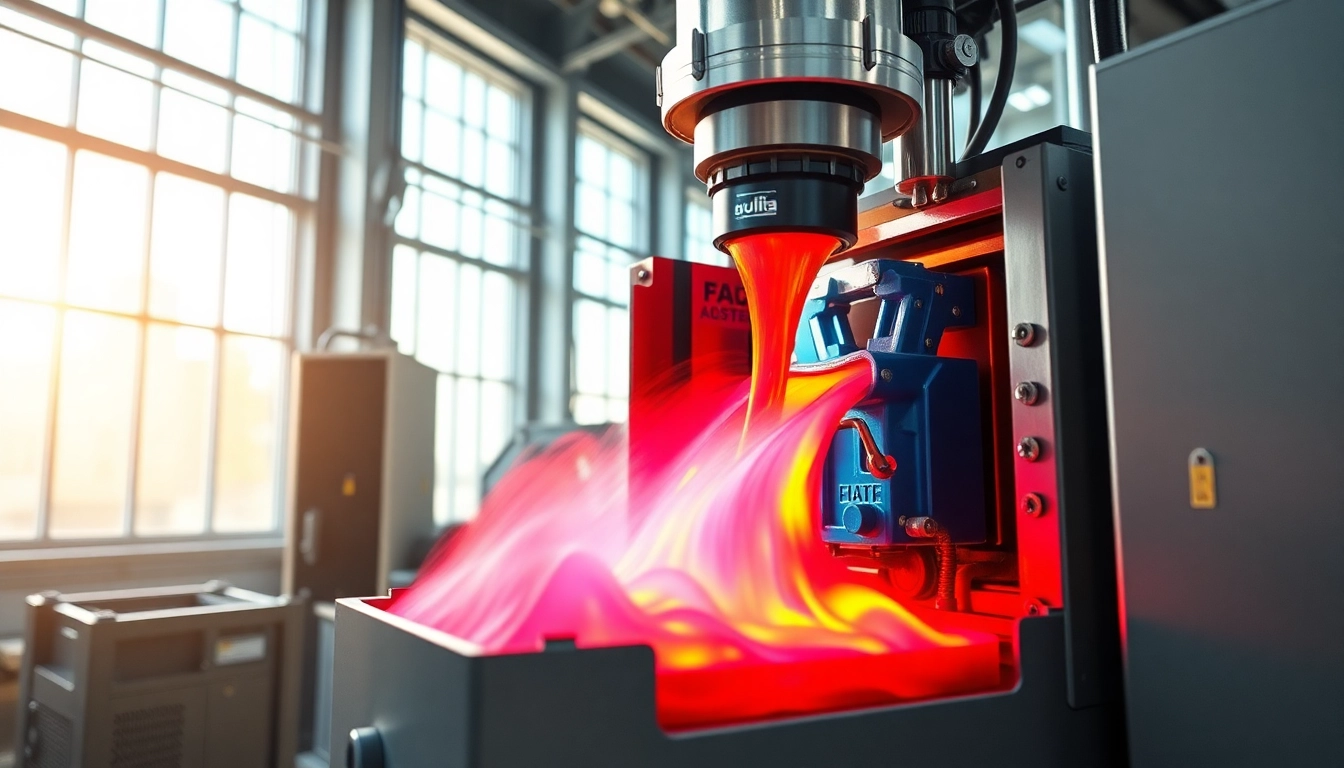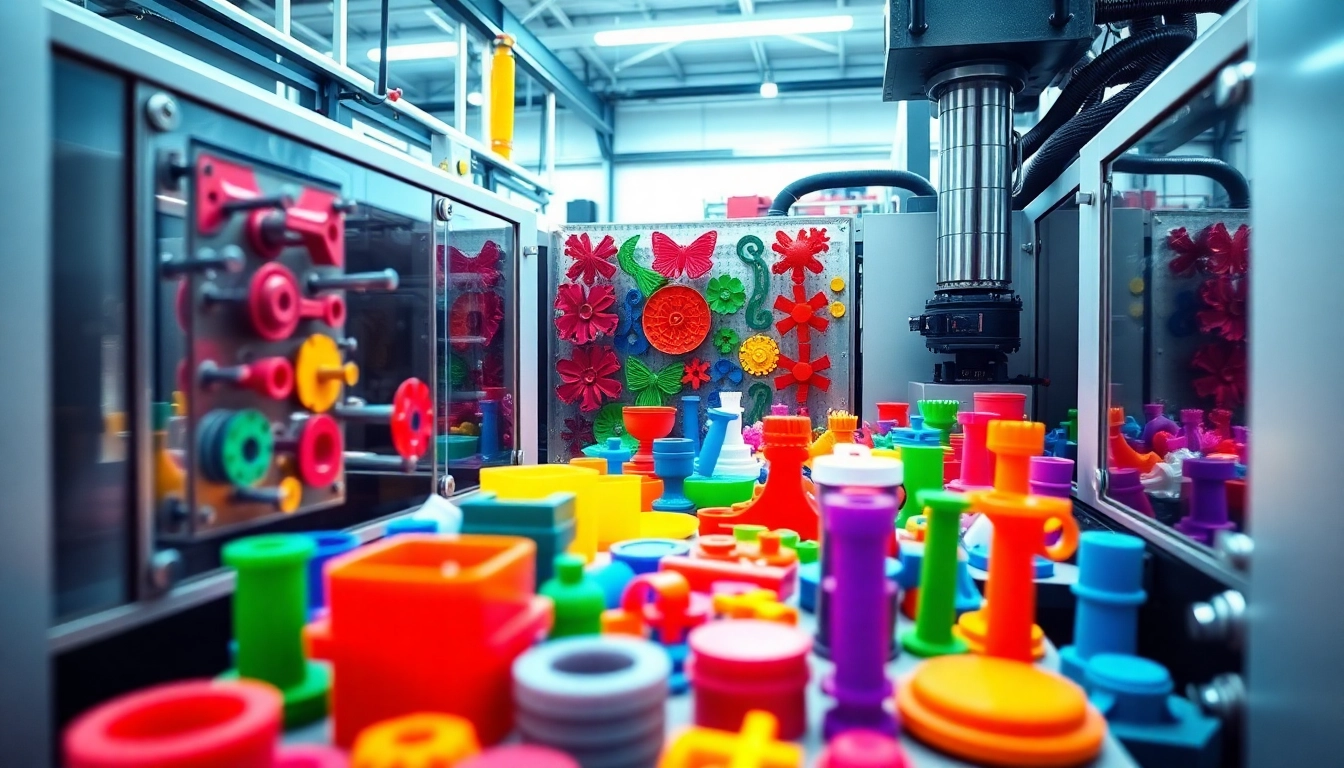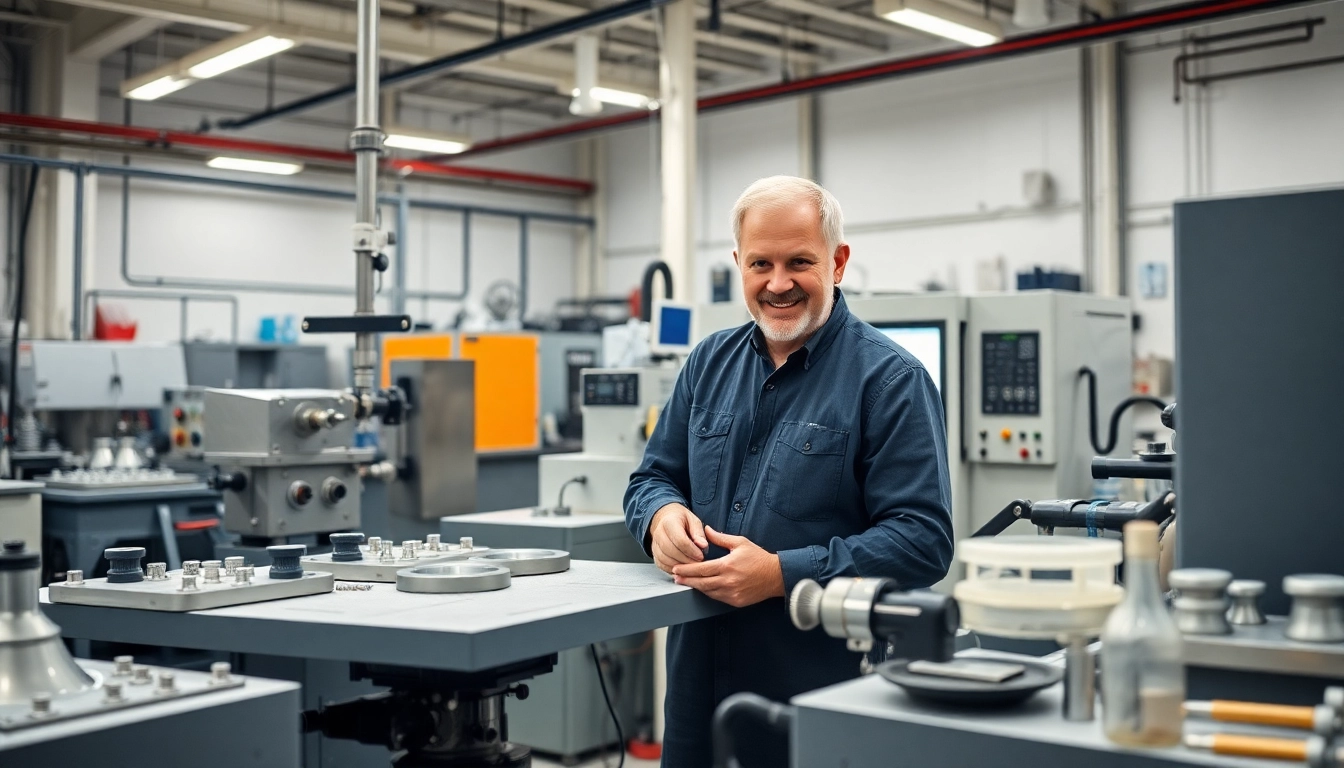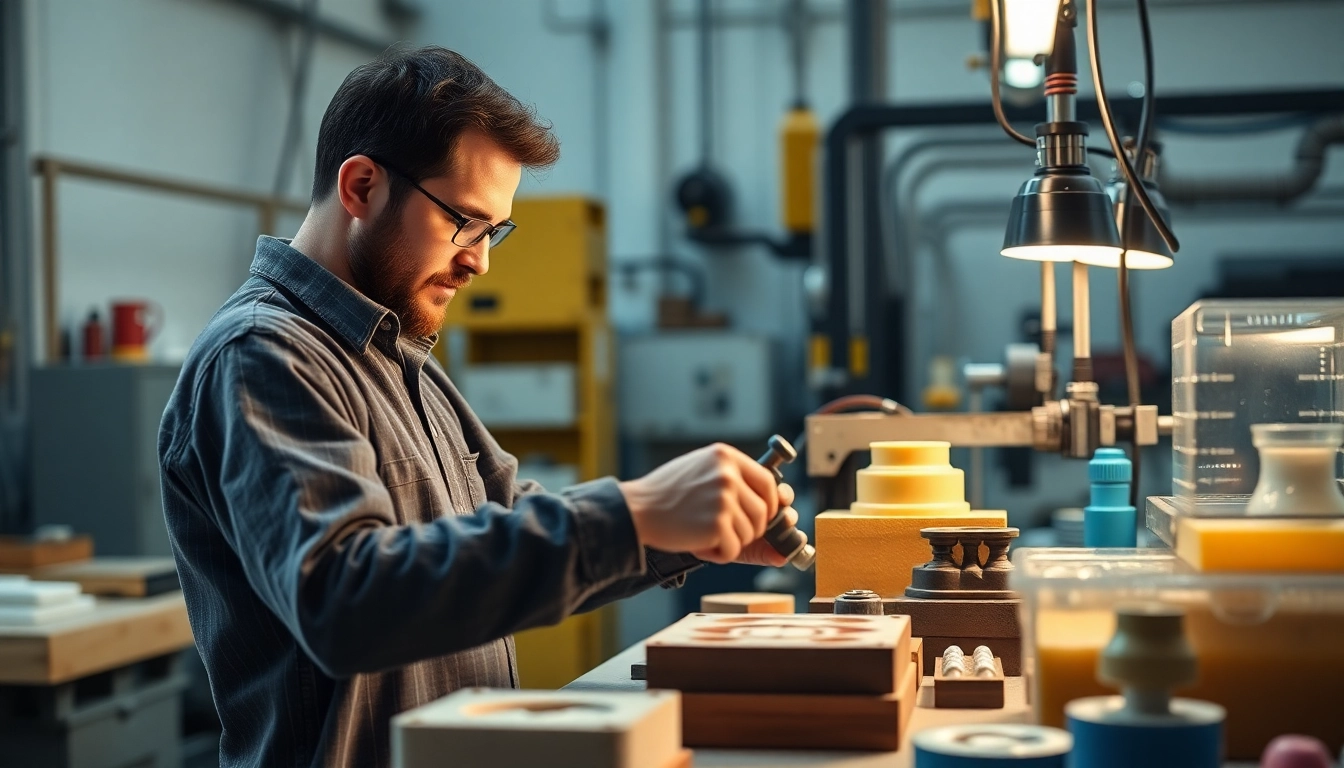What is Injection Molding?
Definition and History of Injection Molding
Injection molding is a widely used manufacturing process for producing parts by injecting molten material into a mold. Historically, this method emerged in the 19th century with the invention of the first injection molding machine, which was created by John Wesley Hyatt in 1872. The process has since evolved significantly, driven by advancements in technology and materials. Initially employed for manufacturing buttons from celluloid, injection molding now serves as a fundamental technique for producing a variety of plastic components utilized across diverse industries.
The Importance of Injection Molding in Manufacturing
Injection molding plays a critical role in modern manufacturing due to its efficiency and versatility. According to industry research, it accounts for over 30% of all plastic parts produced globally. The process allows for mass production of high-quality components with uniform specifications, ensuring that manufacturers can meet large-scale demands effectively. Furthermore, injection molding supports complex geometries, which are difficult to achieve using traditional manufacturing techniques, making it indispensable for industries ranging from automotive to healthcare.
Key Materials Used in Injection Molding
The choice of materials for injection molding is crucial in determining the properties and applications of the finished products. Common materials include:
- Thermoplastics: Such as polyethylene (PE), polypropylene (PP), and polystyrene (PS), which are widely used due to their recyclability and ease of processing.
- Thermosets: Including epoxy and phenolic resins, known for their durability and thermal stability once cured.
- Elastomers: Such as rubber, which provides flexibility and elasticity to products like seals and gaskets.
This diverse range of materials allows manufacturers to tailor products for specific applications, enhancing performance and customer satisfaction.
The Injection Molding Process Explained
Step-by-Step Breakdown of the Injection Molding Process
The injection molding process consists of several critical stages:
- Clamping: The mold is closed under high pressure to prepare it for injection.
- Injection: Molten plastic is injected into the mold cavity at high speed, filling it completely.
- Cooling: The injected material is allowed to cool and solidify, taking the shape of the mold.
- Ejection: Once cooled, the mold opens, and the finished part is ejected.
This precise sequence allows for the efficient production of complex shapes and large quantities of components with minimal waste.
Understanding the Injection, Cooling, and Ejection Stages
Each phase of the injection molding process is integral to ensuring product quality:
- Injection Stage: A crucial phase where the material must be injected at a consistent rate to avoid defects such as air pockets or incomplete filling.
- Cooling Stage: Cooling time significantly impacts cycle time and product integrity. Proper cooling ensures that the part is solidified adequately to prevent defects like warping.
- Ejection Stage: This stage must be carefully controlled to prevent damage to the part and the mold. Ejection mechanisms include pins, plates, and air blasts to safely release the molded product.
Common Techniques and Machinery Used in Injection Molding
Various techniques and types of machinery are employed in injection molding:
- Electric Injection Molding Machines: Offer precision and energy efficiency, ideal for high-volume production runs.
- Hydraulic Injection Molding Machines: Commonly used for larger parts, these machines provide robust performance but can be less energy-efficient.
- Multi-material Injection Molding: Allows for the combination of two or more materials in a single cycle, enhancing product functionality and aesthetics.
Investments in advanced machinery enable manufacturers to reduce cycle times, improve quality, and increase flexibility in production.
Applications of Injection Molding
Industries Utilizing Injection Molding
Injection molding is applicable across a wide range of industries, including:
- Automotive: Used in the production of parts such as dashboards, bumpers, and interior components.
- Healthcare: Essential for creating medical devices, containers, and components that require strict adherence to safety standards.
- Consumer Goods: From toys to kitchenware, injection molding allows mass production of high-quality consumer products.
This versatility underscores the process’s significance in facilitating innovation and cost-effective manufacturing across sectors.
Examples of Everyday Products Made via Injection Molding
Many common household items are produced using injection molding, including:
- Plastic bottles and containers
- Electronics casings
- Automotive components
- Household utensils and tools
Such products illustrate the process’s capacity to meet varying consumer needs with efficiency and precision.
The Role of Injection Molding in Custom Manufacturing
Custom manufacturing has greatly benefited from injection molding, allowing companies to produce tailored solutions that meet specific client requirements. This flexibility enables rapid prototyping and shorter lead times, making it easier for businesses to respond to market demands. For instance, companies can create custom molds for unique designs, ensuring each part aligns with the client’s specifications.
Advantages and Challenges of Injection Molding
Key Benefits of Using Injection Molding
The benefits of injection molding are numerous and influential in its widespread adoption:
- Cost-Effectiveness: Once high initial setup costs are absorbed, the cost per unit decreases significantly at scale.
- High Production Rates: Capable of producing thousands of parts in a relatively short time frame.
- Precision and Accuracy: The method allows for tight tolerances and intricate designs.
- Reduced Waste: Material is used efficiently, as excess plastic can be recycled and reused.
Common Challenges in the Injection Molding Process
Despite its advantages, manufacturers face several challenges in injection molding:
- Initial Costs: The investment in molds and machinery can be substantial, posing a barrier for smaller manufacturers.
- Design Limitations: Certain designs may be challenging to achieve, leading to potential modifications.
- Quality Control: Maintaining consistent quality over large volumes requires stringent oversight and skilled labor.
Innovations to Overcome Injection Molding Challenges
To address these challenges, the industry is witnessing several innovations:
- Advanced Materials: New formulations offer better performance and sustainability.
- Software Solutions: Simulation tools for mold design help predict issues before production.
- Automated Processes: Robotics and automation improve efficiency and accuracy in production.
These innovations are not only improving production but are also driving sustainability efforts within the industry.
Future Trends in Injection Molding
Sustainability Practices in Injection Molding
As the world increasingly prioritizes sustainability, injection molding is evolving to incorporate eco-friendly practices. Manufacturers are embracing:
- Recycled Materials: Utilizing materials that reduce environmental impact.
- Energy Efficiency: Investing in energy-efficient machinery to lower operational costs and emissions.
- Closed-Loop Systems: Implementing systems that minimize waste and promote recycling of production offcuts.
The Impact of Automation and Robotics in Injection Molding
The rise of automation and robotics in injection molding is transforming the landscape:
- Increased efficiency through automated material handling and part ejection processes.
- Enhanced precision and reduced human error, which leads to improved quality control.
- Reduced cycle times, enabling companies to respond more swiftly to market changes.
This technological shift is enabling manufacturers to meet the growing demand while efficiently managing resources and production costs.
Emerging Technologies in Injection Molding Techniques
Several emerging technologies are set to revolutionize injection molding:
- 3D Printing of Molds: Rapid prototyping of molds using 3D printing technology allows for quick iterations and reduced lead times.
- Smart Manufacturing: Industry 4.0 technologies are integrating IoT devices to enhance monitoring, predictive maintenance, and overall operational efficiency.
- Multi-Material Injection Molding: Innovations in multi-material techniques allow for the production of complex parts incorporating different materials in a single process.
As these technologies mature, they promise to further enhance the capabilities, efficiency, and sustainability of injection molding, reinforcing its integral role in modern manufacturing processes.



